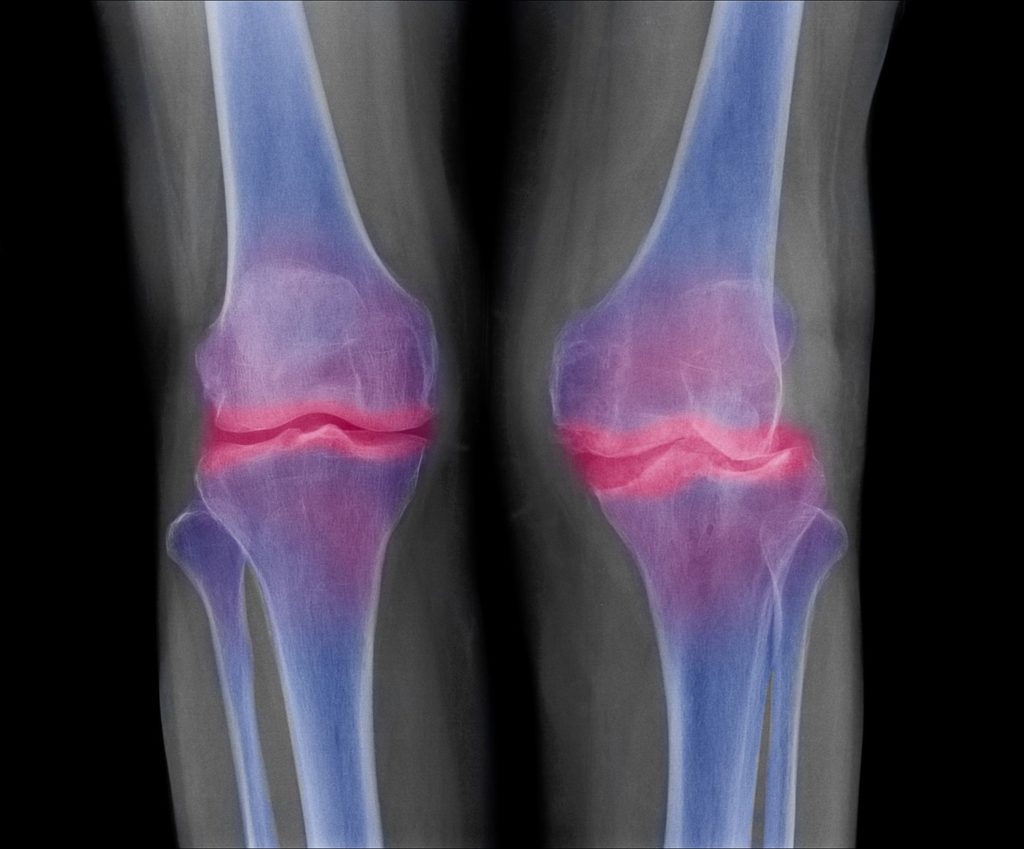Bone diseases, like Osteophytes, affect millions of people around the world. Many are the results of degeneration and damage to the joint surfaces and are common in elderly patients. Interested in learning more about Osteophytes? You’ve reached the right place as in today’s article, we will give you more details below.
What Is Osteophytes?
Osteophytes are also called bone spurs or parrot points. They are bony growths or protrusions that form on the egdes of bones, especially at the joints. Studies define them as hyperostosis, being most common in the spine.
These bony protrusions are caused by various diseases, osteoarthritis being the main cause. Osteophytes can be identified on radiographic studies, although they often go unnoticed for years.
Common Symptoms
The presence of Osteophytes in bones is defined as osteophysis. They produce a triangular, hook-shaped or bird’s beak radiographic image at the ends of the bones, with a trajectory that is first horinzontal and then vertical. These growths do not cause any symptoms or signs for some time.

Over time, Osteophytes become more pronounced and can cause symptoms in the spine, hips and knees. The most common manifestations are
- Tingling and numbness in the arms and legs
- Pain when extending and flexing joints
- Limited range of motion
- Joint stiffness
The presence of intense pain resembling an electric shock during movement may indicate a compression of the spinal cord. These symptoms may be accompanied by other manifestations, such as bone swelling.
Imaging studies can demonstrate the presence of osteophytes before obvious symptoms appear.
Why Do Osteophytes Occur?
As mentioned earlier, the most common cause of osteophytes is osteoarthritis. This is a chronic, degenerative disease of the articular cartilage that is accompanied by a proliferation of the subchondral bone. In this sense, bumps are the result of the body’s attempt to repair the damaged bone surface.
Research confirms that mechanical stimuli on damaged joints are transcribed into biochemical stimuli mediated by growth factors, inducing osteophyte formation. In general, the vertebrae are the most susceptible.
Similarly, spondylosis deformans is another of the most common causes of osteophytes. In addition, these bony growths can be found in the following conditions:
- Idiopathic diffuse skeletal hyperostosis
- Ankylosing spondylitis
- Neuropathic arthropathy
- Reiter’s syndrome
- Psoriatic arthritis
- Trauma
- Infections
Difference Between an Osteophyte, Syndesmophyte, and Herniated Disc
Osteophyte and Syndesmophyte are radiographic findings that can be confused. However, when we talk about Syndesmophytes, we are referring to the ossification of the outer fibers of the intervertebral discs.
These are vertical bony growths, thin or thick, that extend from one vertebral body to the other. They may be unilateral or bilateral and are typical of ossification of paravertebral tissue in Ankylosing spondylitis and inflammatory bowel disease.
On the other hand, the compressive symptoms of osteophytes may be similar to those of herniated discs. However, in the case of disc herniation, the compression of the spinal cord is caused by a protrusion of the nucleus pulposus of the intervertebral disc. In addition, the symptoms are usually more intense and result in greater disability.
Medical Treatment
Currently, osteophytes have no definitive treatment. However, theumatology physicians may recommend the use of certain medications to relieve symptoms.
In general, analgesics and non-steroidal anti-inflammatory drugs are usually indicated to reduce pain and joint discomfort.
In cases of severe osteoarthritis, the following interventions may be necessary:
- Intra-articular corticosteroid injections
- Injection of hyaluronic acid
- Joint replacement
- Bone realignment
Physiotherapy is also a fundamental tool to increase flexibility and reduce joint pain. And, physiotherapy for pain associated with osteophytosis is useful in most patients.
How to Avoid Osteophyte Formation?
As discussed in the article, osteophytes are bony growths that are caused by wear and tear on the joints. While there is no cure, they can be stopped by making small changes to your lifestyle. These include improving posture, doing moderate exercise two to three times a week, losing weight, maintaining a healthy diet and avoiding high impact sports.
In most cases, this condition is detected in the advanced stages of the disease, so regular visits to a rheumatologist or traumatologist are recommended, starting at age 45, if spinal pain is present. An early diagnosis and approach determine a better quality of life.
There you go! You now know more about osteophytes, its symptoms and treatment. Do you suffer from osteophytes? What are the steps you’ve taken so far to handle it? Let us know in the comments below.



Pingback: Osteopathy: To Relieve The Most Common Ailments? – Hello sites
Pingback: Who Can Use Osteopathy? – Hello sites